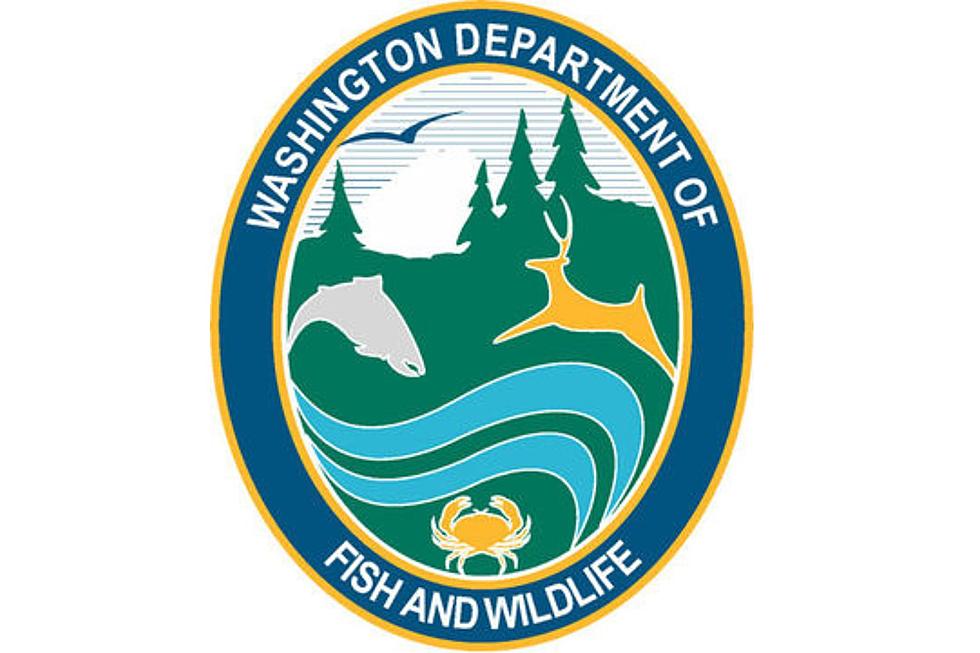
WDFW to Hear Updates on Wolves, Elk and More
A hearing is scheduled for the Washington State Department of Fish and Wildlife with the purpose of further addressing a number of issues, including annual wolf counts, the North Cascades elk herd, land transactions, and several fishing petitions. The hearing is slated for April 6th through the 8th in Anacortes.
Work begins on that Thursday with discussions concerning the update on the North of Falcon plan. You can read more on the plan by clicking here.
The meetings continue the following Friday, which will be open to public comment, and will cover two potential land acquisitions in Grant and Okanogan counties going through the expedited Lands 20/20 process, and then consider proposed land transactions in Snohomish, Grays Harbor, and Benton counties.
Briefings on the North Cascades elk herd, Lake Roosevelt white sturgeon fishery, petitions related to fishing in North Skookum Lake and Lake Whatcom, and a briefing on integrating a fish passage project streamlining law passed by the State Legislature in 2021 into the Hydraulic Code Rules will follow.
Friday's meeting will conclude with a briefing on the 2022 annual wolf conservation and management report. Wolves, of course, have become more of a problem for regional ranchers as of recent.
The meeting concludes on that Saturday will an open public input opportunity, a briefing on the Co-Manager Hatchery Policy, and the Commission debrief and future meeting planning.
You can visit the WDFW webpage for information on how to register to submit testimony either virtually or in-person. All members of the public are invited to share their perspective and participate in WDFW public feedback opportunities regardless of race, color, sex, age, national origin, language proficiency, religion, sexual orientation, gender identity and/or expression, veteran status, or basis of disability.
READ ON: See the States Where People Live the Longest
Gallery Credit: Hannah Lang
More From 610 KONA









